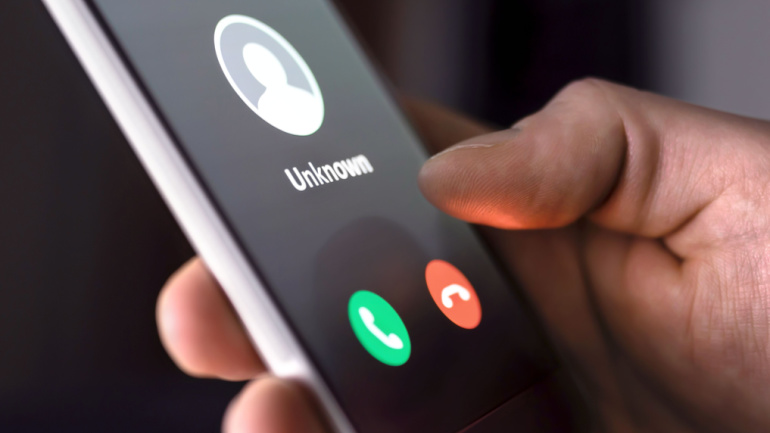
As the UK’s communications regulator, Ofcom, prepares revised regulations that will hold telecom companies to a higher standard, the UK operator BT is stepping up its efforts to fight scammers. In order to achieve this goal, Hiya Protect, a network-level monitoring system that can detect and reject suspicious calls, will be used by the company. This technology will be available to both fixed-line and mobile EE subscribers.
According to a study done by the Hiya team, 29 percent of all phone calls in the UK are spam. 50 percent of those calls are fraudulent, making the UK the most fraudulent country in Europe. This demonstrates the scope of the problem, which affects a vast number of people in the UK.
Naturally, Ofcom is aware of this problem. According to calculations made by the telco regulator, a quarter of UK adults dealt with at least one instance of suspicious activity on their mobile and/or landline in the three months leading up to August 2022, whether this was a call, text message, app message, or some combination of those contact methodologies. Unfortunately, 700,000 individuals were fooled by fraud.
As a result, Ofcom is pushing operators to do more to address this issue. The guidelines will come into effect in May, requiring operators to examine calling line identification (CLI) data more closely. Telecom companies must ensure that the caller’s number fits the UK’s 10-11-digit phone number format. In addition, telcos must also detect and reject calls from overseas that spoof UK numbers, as well as numbers on Ofcom’s Do Not Originate list. As part of this preventative effort, it is intended to make it more difficult for scammers to pose as reputable businesses, such as banks.
BT should be able to provide even stronger protection than what Ofcom has asked for by using Hiya. Hiya is highly enthusiastic about its relationship with BT, since this is the company’s first UK telecom customer, and UK telcos don’t get much larger than BT and EE. Hiya claims that its technology currently protects one in three UK subscribers and their global coverage now includes 250 million users, courtesy of collaborations with AT&T, Masmovil and Telenor, among others.



